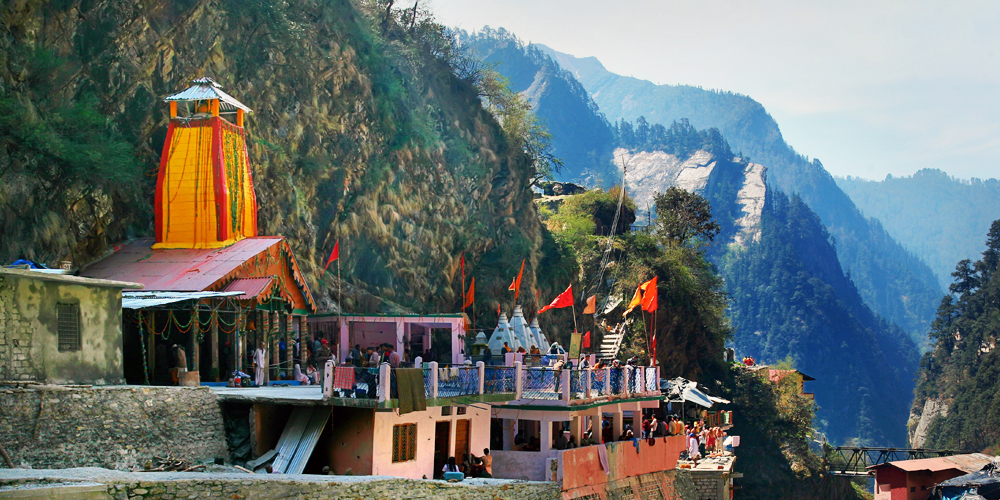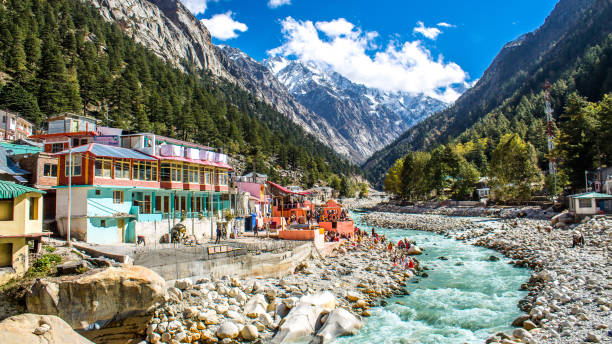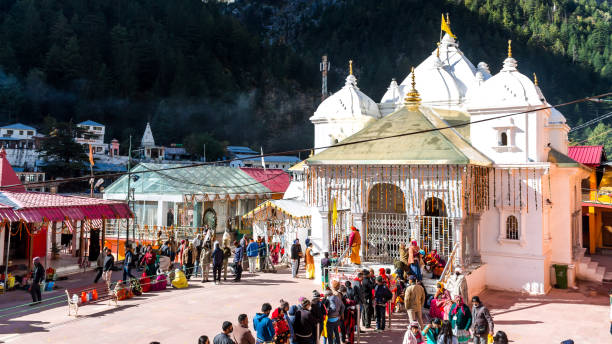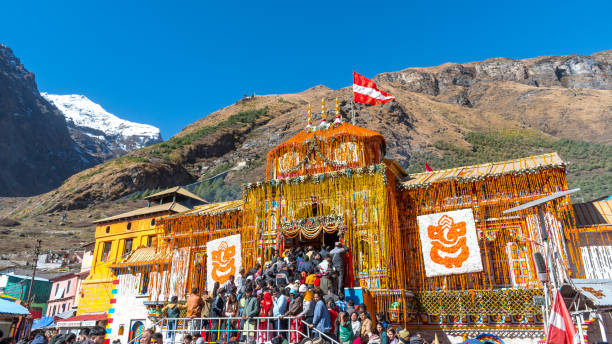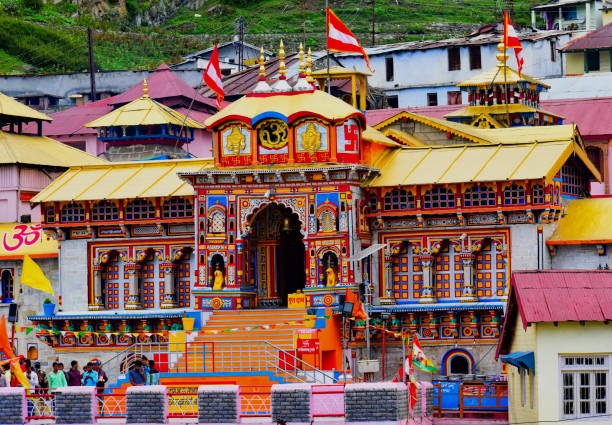The Char Dham refers to the four most important pilgrimage sites in Hinduism, traditionally located in the Indian Himalayas. These sacred shrines are believed to offer spiritual purification and liberation (moksha) to devotees who visit them. The Char Dham Yatra, which includes Yamunotri, Gangotri, Kedarnath, and Badrinath, is a significant journey that forms an integral part of Hindu devotion. Here are the Char Dham temples with their highlights:
